A number of conferences, workshops and events in recent months have considered mental health history from various perspectives, beyond the standard history of psychiatry. At the annual British Psychological Society History and Philosophy of Psychology Section Conference (this year in partnership with the UK Critical Psychiatry Network), an entire symposium was dedicated to the changing role of nurses, social workers and clinical psychologists in the realm of mental health. In nineteenth-century asylums, non-medical staff are often more hidden from the historical record than their patients. Their names might appear in staff lists or wage books, or they could be mentioned in passing in patient records; however, their actions and motives were invariably described and interpreted by psychiatrists. Unlike with some patients, their personal letters and documents do not tend to appear in archives. Oral histories become an important source for more recent nursing history, such as those gathered by Niall McCrae and Peter Nolan, who offered some interesting reflections on the social and professional context of mental health nursing as it developed in the twentieth-century asylum from their recent book: Echoes from the Corridors.
More recently, an event at the University of Edinburgh, New Directions in Mental Health, looked at still more approaches to mental health research. Sociology and mad studies formed key components of this event. This breadth of approaches to mental health can help to raise some of the contradictions within the field itself. As organiser Martyn Pickersgill noted: neuroscience dominates mental health research, but not the practice. What’s more, as keynote speaker David Pilgrim explained, psychiatry cannot be described as a medical speciality like any other: mental health policy, in particular the process of detention, ensures that it sits within a very different context. Cultural narratives, and critique within the humanities and social sciences, then, is especially important in the field of mental health.
It is the service user voice, however, that is coming increasingly to the fore, whether within mental health (such as the Service User Research Enterprise at Kings College London, represented at both events by Professor Diana Rose) or outside it. Kirsty Maclean described the Lothian Oor Mad History project, set up in 2008 to reclaim and promote the history of activism and collective advocacy by people with mental health issues. This arose out of a widespread nostalgia for the impetus towards change that had existed in mental health services in the 1980s: these collective efforts to be heard seemed to many to have since dissipated and the project provided an opportunity to remember them and inspire others. The project developed into a course on Mad People’s History and Identity at Queen Margaret University, run by and for people with experience of mental health issues. Fifty people have graduated from the course so far, and some have participated in the Mad Studies stream at the Lancaster Disability Studies Conference, begun in 2014. Further afield, a comprehensive online archive of mental health history is maintained by the Survivor History Group, while this weekend’s Radical Histories Conference at Queen Mary University of London includes events on mental health activism.
The theme of service user and survivor research continued with an event the following day: Mental Health and Reflexivity. In social science, reflexivity is considered to be an important part of rigorous research, considering the position, role and influence of the researcher. At this event, researchers from across the humanities and social sciences considered the role of personal experience in their work, raising both positive and negative elements. Many histories of medicine, after all, are still written as if from the perspective of a neutral observer, a style of writing common in science and medicine from the nineteenth century on. For medical writers, this style was adopted to suggest the objectivity of the clinician, absenting him or herself from his or her research ideas and outputs by an avoidance of personal pronouns and increasing use of the passive voice. In history, this artefact of objectivity is exacerbated by the use of the past tense. As Chris Millard has put it, in his recent history of self-harm in Britain, this style of writing implies that the past is a set of discrete and concrete facts, failing to acknowledge that there are multiple possible histories and ways of writing history. Moreover, it fails to make clear that history is about the time in which it is written (and the demands and ideals of that era which lead to a particular selection of sources or way of framing history) as much as the era it is about.
Ultimately, this can lead to conceptual confusion, whereby historians of medicine widely accept that their historical actors cannot be objective, and that their ideas and approaches are formed within their cultural and historical context and yet they write themselves out of the history. Yet personal material can be uncomfortably confessional: what Diana Rose calls ‘the pornography of first person accounts’, allowed to stand alone and unchallenged. So what does the future hold for mad studies? As Brigit McWade put it, while remaining acutely critical, researchers need to ‘unlearn what we have learned’ with a new paradigm of mad studies that is not identity based. The very category of experience is, after all, itself socially constructed.
Upcoming opportunities to debate this further:
- Radical Histories/Histories of Radicalism, 1-3 July, Queen Mary University of London
- Mad Studies Stream at the Lancaster Disability Studies Conference, 6 – 8 September, University of Lancaster

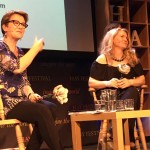

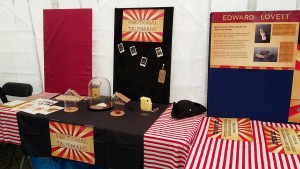
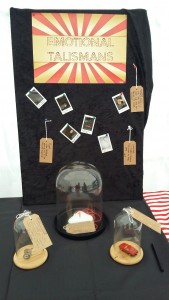


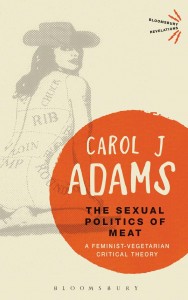
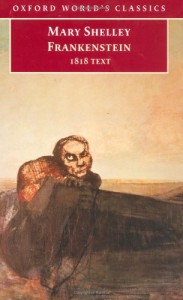

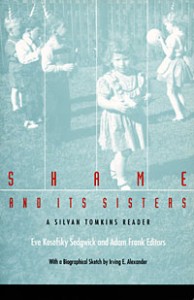
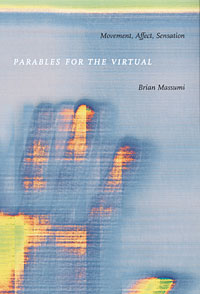

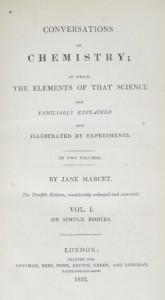
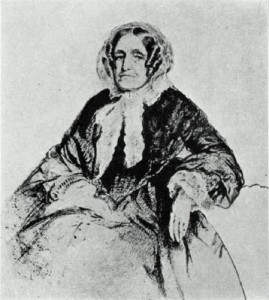


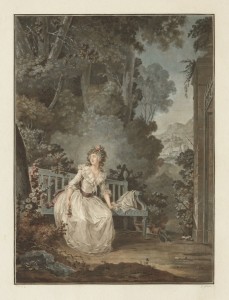
 On the 27th of May (ie this Friday), the Centre has a one-day conference on music, medicine and emotions. Details
On the 27th of May (ie this Friday), the Centre has a one-day conference on music, medicine and emotions. Details 

 What the South did, I’d suggest, in that white hot Soul-icon Valley, is create a technology, or group of technologies, that helped people find release, healing and ecstasy – by which I mean a way to go beyond their ordinary ego-consciousness and feel a sense of release and connection to something bigger than them. The blues, rock & roll, soul, and country gave us avenues to what Peter Guralnick (America’s finest music writer) calls ‘secular ecstasy’ – the ecstasy of Southern churches in secular contexts. So many of the pioneers of blues, country, rock & roll and soul came from the church and learned their ecstatic techniques in the church – Elvis, Tina Turner, BB King, the Isley Brothers, Curtis Mayfield, Sly Stone, Little Richard, Sam Cooke, Otis Redding, Aretha Franklin, and so on.
What the South did, I’d suggest, in that white hot Soul-icon Valley, is create a technology, or group of technologies, that helped people find release, healing and ecstasy – by which I mean a way to go beyond their ordinary ego-consciousness and feel a sense of release and connection to something bigger than them. The blues, rock & roll, soul, and country gave us avenues to what Peter Guralnick (America’s finest music writer) calls ‘secular ecstasy’ – the ecstasy of Southern churches in secular contexts. So many of the pioneers of blues, country, rock & roll and soul came from the church and learned their ecstatic techniques in the church – Elvis, Tina Turner, BB King, the Isley Brothers, Curtis Mayfield, Sly Stone, Little Richard, Sam Cooke, Otis Redding, Aretha Franklin, and so on.